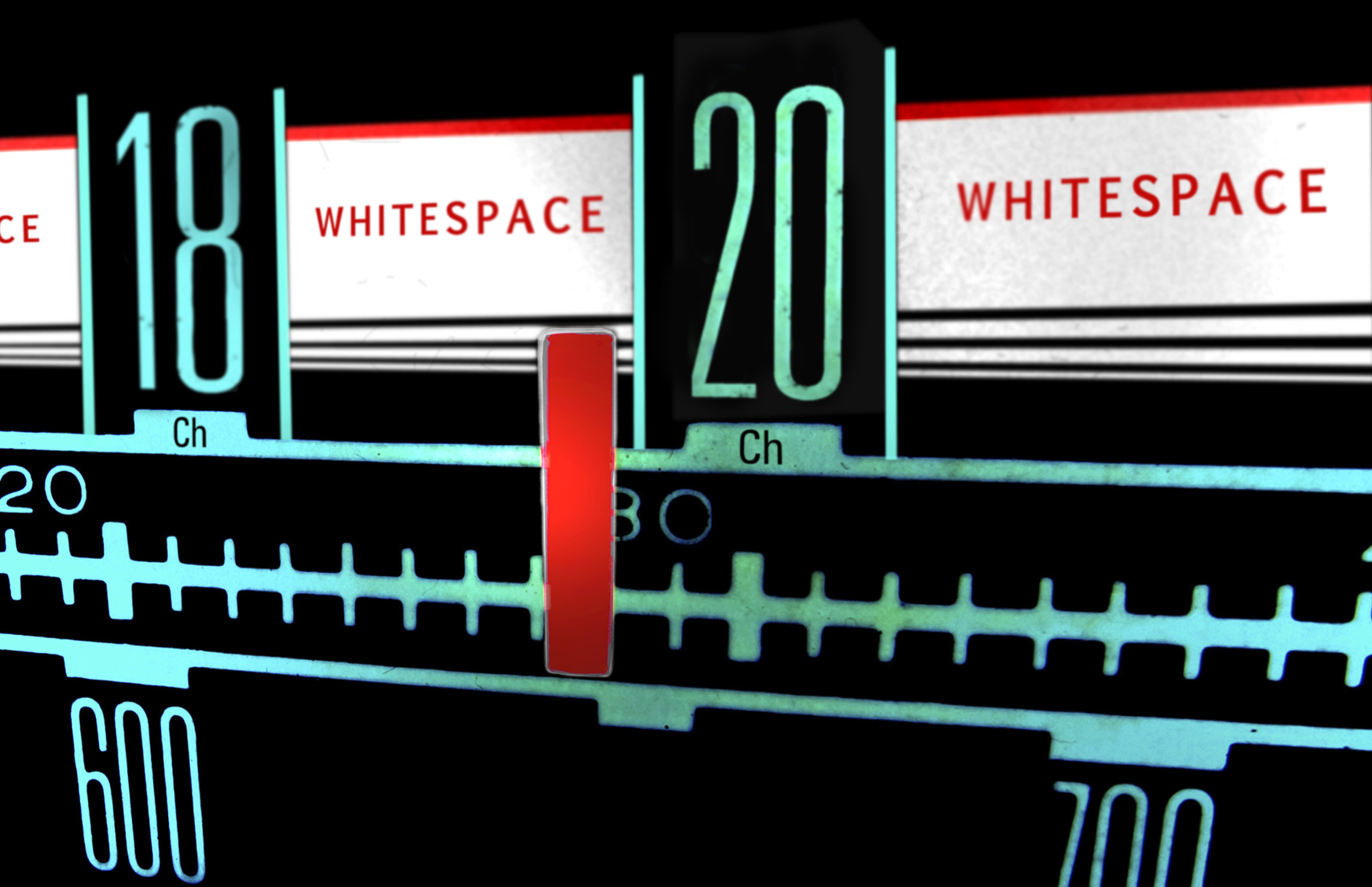White Space Rules Go Into Effect Jan. 5, 2011

WASHINGTON: The rules governing the use of unlicensed devices in TV white spaces will officially go into effect Jan. 5, 2011. The rules, adopted by the Federal Communications Commission in September, have been published in the Federal Register, the final step of codification.
The FCC first issued an unlicensed devices order in 2008 and received 17 petitions of reconsideration. The September order was modified in response to those petitions. Issues addressed included protection for TV signals, reservation of two channels for wireless microphones and technical rules for the devices, e.g., power levels and the method for identifying unoccupied spectrum. Said method involves having the devices communicate their coordinates to a database tracking open and unoccupied TV channels. The September order did not name a database manager.
As of September, nine companies submitted proposals to manage the database for unlicensed devices. At the time, the FCC had not yet decided if it would choose one or multiple managers. The nine in the running include Google, Comsearch, Neustar, Key Bridge Global, KB Enterprises with LS Telcom, Frequency Finder with RadioSoft, WSdB LLC, Spectrum Bridge and Telcordia Technologies. (See more details at “Nine Vie to Manage White Space Database.”)
“We’re working on something now for designating the database administrator,” said the commission’s Hugh Van Tuyl. The FCC is under no deadline for the selection related to the Jan. 5 effectiveness of the device rules. That date merely allows device manufacturers to be certain of the technical parameters required to meet FCC approval.
The rules allowing unlicensed device use in unoccupied TV channels were years in the making before the commission decided it needed nearly 40 percent of the that spectrum for its National Broadband Plan. The commission took the first step toward that goal last week with a Notice of Proposed Rulemaking to allow TV airwaves to be used for wireless broadband. It sets forth the strategy of two or more TV stations sharing a single 6 MHz allocation, which would require a wholesale repacking of nearly all TV channels. That repacking would then affect unlicensed devices.
Gigi Sohn of D.C. consumer lobby Public Knowledge has been a proponent of both unlicensed devices and the National Broadband Plan, but she acknowledged the potential incompatibility of the two schemes in an ex parte filing.
“I urged the commission to take care with regard to repacking whatever spectrum is returned to ensure that it does not undo its recent decision to permit unlicensed use of the TV white spaces,” Sohn’s filing stated. “Public Knowledge would certainly support a national contiguous block of returned TV spectrum being used solely for unlicensed purposes as a substitute for any white spaces that are eliminated.”
A contiguous block of VHF spectrum might have been designated for unlicensed devices before the DTV transition. Several TV engineers noted the VHF designations were lousy for digital TV transmission, requiring more power than for analog signals to reach the same area. But channel allocation and subsequent repacking for the DTV transition was underway before unlicensed devices came into play.
TV stations spent millions of dollars and substantial engineering hours moving to new channels for the June 2009 transition deadline. The NBP proposal would reinitiate that process.
Most of the other ex parte filings on the unlicensed devices docket involve requests for licensing a chunk of the same spectrum for broadband backhaul in rural areas. FiberTower Corp. was the primary backhaul proponent. The FCC denied its request in the final unlicensed devices rules, but said it would consider FiberTower’s request in its multiple NBP dockets.
The Rural Telecommunications Group and Lemko Corp. asked that the FCC establish an “Office of Rural Advocacy” to assist smaller telcos trying to provide mobile broadband. Sprint Nextel joined the call to use the spectrum for backhaul, and suggested old broadcast auxiliary service antennas be used for unlicensed devices. The carrier recently completed transitioning hundreds of BAS operations and likely has a few old antennas on its hands.
Sprint Nextel said its representatives “discussed the availability of BAS antennas that are retunable across the TV bands. Commercially available antennas, such as the directional Kathrein Paraflector, are designed for low-power transmit applications in the
470-862 MHz frequency range. These types of antennas, if deployed, would give any fixed TV bands white spaces operator the ability to utilize any vacant channels between Chs. 14-51 without the need for an antenna change.”
-- Deborah D. McAdams
(See “FCC Opens TV Spectrum for Broadband Use.”)
Get the TV Tech Newsletter
The professional video industry's #1 source for news, trends and product and tech information. Sign up below.
